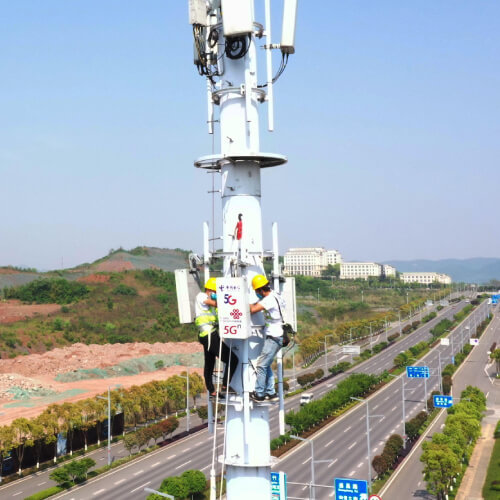
AT&T, Dish Network and CableLabs are among the top US companies and organizations that have stepped forward to handle the O-RAN Alliance's activities in North America this year.
According to a new release from the association, AT&T and Dish hosted the group's "PoCFest" testing efforts earlier this year across four locations. Dish, of course, is building a nationwide 5G network using open RAN specifications while AT&T, though it has long supported the O-RAN Alliance, has no immediate plans to widely deploy the group's specifications into its US 5G network, according to company officials.
Separately, the alliance approved the formation of its first Open Test and Integration Centers (OTIC) in the Americas, which will be the Kyrio O-RAN Test and Integration Lab operated by CableLabs. CableLabs is the not-for-profit development organization established by the cable industry in the 1980s, and Kyrio is a wholly owned subsidiary of CableLabs focused on testing. CableLabs primarily focuses on the DOCSIS specification for cable networks but in recent years has been branching out into wireless technologies.
In other alliance news, the O-RAN Alliance said it formed its next Generations Research Group (nGRG) to focus on 6G. "We are seeing very positive uptake on nGRG from the O-RAN ecosystem as well as the academic sphere and we are looking forward to seeing further progress of the research," said Chih-Lin I, co-chair of alliance's steering committee and a top executive at the China Mobile Research Institute.
Figure 1:  A 5G basestation in China.
A 5G basestation in China.
(Source: Wang Quanchao/Xinhua/Alamy Live News)
That a China Mobile official is heading the alliance's 6G efforts is noteworthy. After all, a number of US-based associations have sprung up to push North American leadership in both open RAN and 6G. Specifically, the US Department of Defense is heading up a $37 million research project called Resilient and Intelligent NextG Systems (RINGS) that is focusing on the next generation of wireless network technologies. And, separately, the Next G Alliance is working to ensure a US position in the development of 6G specifications.
The announcements by the alliance are important because it's the primary organization pushing open RAN technologies on a global scale. Open RAN promises to separate RAN components into interoperable pieces, thus allowing different suppliers to connect their products together like Lego blocks. Such an approach represents a sea change to traditional, classical RAN architecture, which is typically supplied solely by a single big vendor like Samsung, Huawei, Nokia or Ericsson.
However, open RAN has gained weight far beyond the obscure, technological corners of the wireless industry because some government officials see it as a lever to pull against the rise of Huawei specifically, and China in general. However, it's unclear whether the role of Chinese companies in the O-RAN Alliance will affect that calculus.
Related posts:
— Mike Dano, Editorial Director, 5G & Mobile Strategies, Light Reading | @mikeddano
About the Author(s)
You May Also Like











